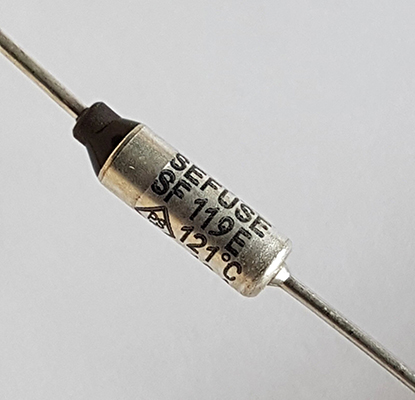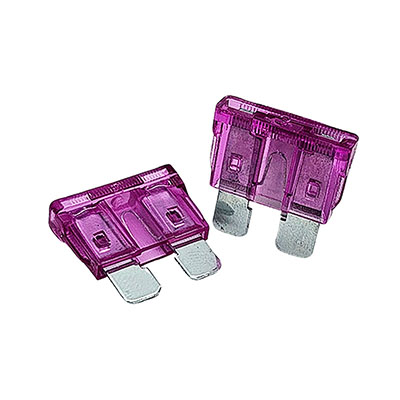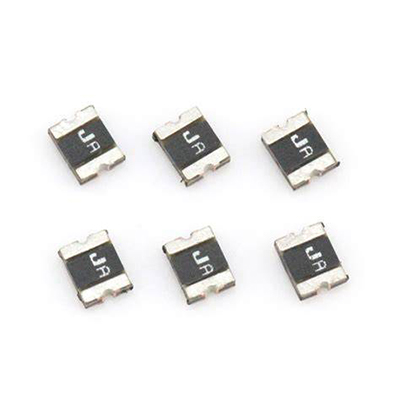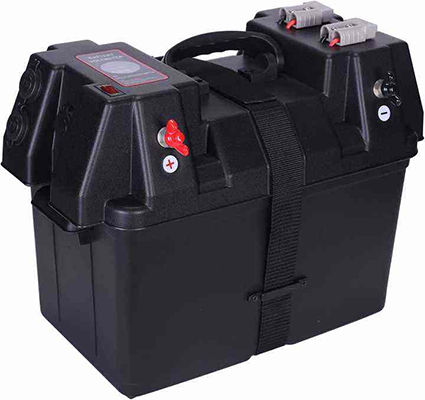The Essential Function of 10A Glass Fuses in Protecting Car Electronic Systems
News 2025-10-27
A 10A glass fuse serves as a critical safety device in automotive electronics, designed to prevent damage from electrical overloads. Comprising a glass tube with metal caps and a fusible wire, it interrupts current flow when it exceeds 10 amps, safeguarding components like wiring and circuits. In vehicles, these fuses are vital for maintaining the reliability of systems exposed to varying electrical demands, ensuring that minor faults do not escalate into major issues.

Key Applications in Vehicle Electronics
In automotive settings, 10A glass fuses protect a range of electronic systems. They are commonly used in lighting circuits to handle the current for headlights and interior lights without risk of short circuits. Additionally, these fuses secure audio and navigation systems, where power fluctuations could cause malfunctions. Their role extends to safety features, such as alarm systems and sensor networks, helping to preserve functionality in diverse driving conditions.
Performance Benefits for Automotive Use
The 10A glass fuse provides distinct advantages that enhance its suitability for cars. It offers rapid response to overcurrent situations, reducing the risk of fire or component failure. The clear glass design allows for easy visual checks, enabling quick diagnostics during maintenance. Moreover, these fuses withstand typical automotive temperature variations and vibrations, delivering consistent protection while being compact and easy to integrate into existing systems.
Frequently Asked Questions
1. What does a 10A rating mean for a glass fuse?
It indicates the maximum current the fuse can handle before blowing, ensuring protection for circuits up to 10 amps in automotive applications.
2. Can a 10A glass fuse be used in all car models?
Compatibility depends on the vehicle’s electrical system; consult the manual to match fuse types and ratings accurately.
3. How often should I check the glass fuses in my car?
Inspect them during routine maintenance or if electrical issues arise, as they can blow without warning due to wear or faults.


